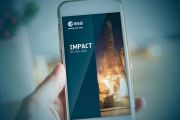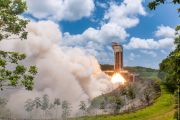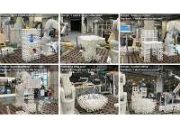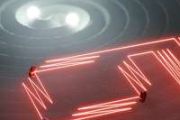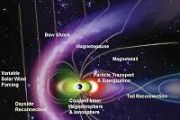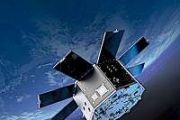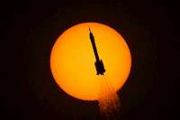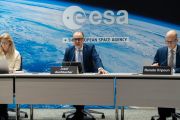
Copernical Team
Video: What is ESA's Moonlight initiative?
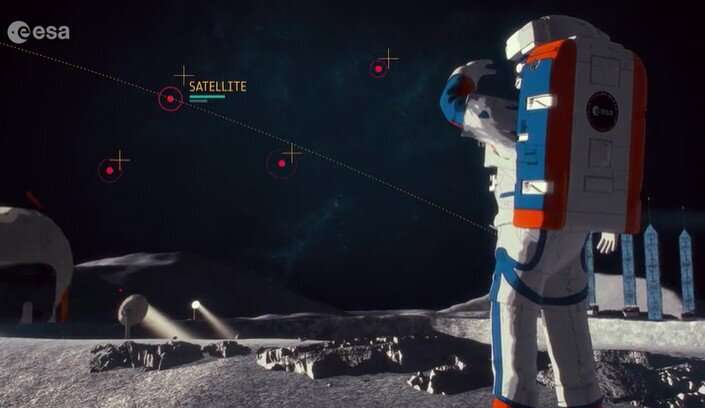
Going to the moon was the first step. Staying there is the next ambition.
ESA is a key partner in NASA's Artemis program, which aims to return people to the moon by the end of the decade. Dozens of other international public and private missions are setting their sights on the lunar surface in the coming years.
But to achieve a permanent and sustainable presence on the moon, reliable and autonomous lunar communications and navigation services are required.
This is why ESA is working with its industrial partners on the Moonlight initiative, to become the first off-planet commercial telecoms and satellite navigation provider.
Following their launch, three or four satellites will be carried into lunar orbit by a space tug and deployed one by one, to form a constellation of lunar satellites. The number and specification of these satellites are currently being defined.
The constellation's orbits are optimized to give coverage to the lunar south pole, whose sustained sunlight and polar ice make it the focus of upcoming missions.
NASA laser reflector for ESA satnav on Lunar Pathfinder
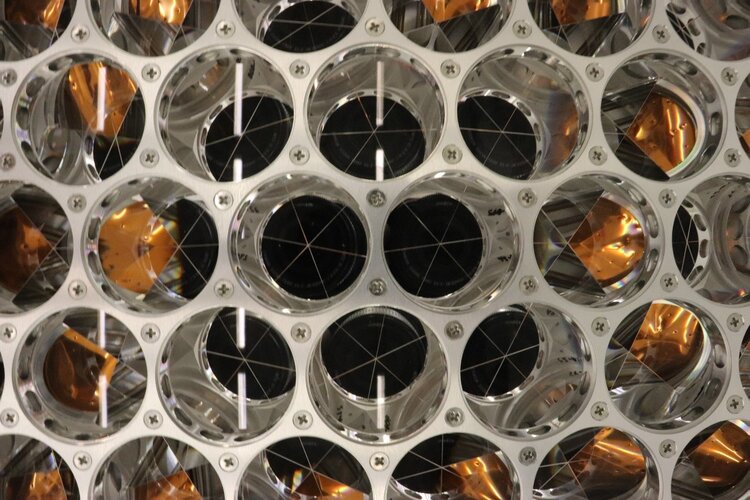
NASA has delivered a retroreflector array to ESA that will allow the Lunar Pathfinder mission to be pinpointed by laser ranging stations back on Earth as it orbits the Moon. Such centimetre level laser measurements will serve as an independent check on the spacecraft as it fixes its position using Galleo and GPS signals from an unprecedented 400 000 km away from Earth – proving the concept of lunar satnav while also relaying telecommunications ahead of ESA’s dedicated Moonlight initiative.
Euclid completes thermal vacuum testing
 Video:
00:05:17
Video:
00:05:17
At the Thales Alenia Space test facility in Cannes, France, the massive door of the thermal vacuum chamber was opened after a month of rigorous testing of ESA’s Euclid mission to explore the dark Universe. In Cannes the fully integrated spacecraft was subjected to the conditions of space and its subsystems were fully tested for the first time. With the Euclid space telescope, scientists hope to learn more about dark matter and dark energy which could make up more than 95% of our Universe.
The film includes soundbites from ESA Euclid Mission and Payload Manager: Alexander Short and
Ground Survey Datasets Released to Validate Satellite-based Remote Sensing Data
 Recently, the Aerospace Information Research Institute (AIR) with the Chinese Academy of Sciences (CAS) has released the second batch of ground survey datasets through its Common Application support Platform for Land Observation Satellite (CAPLOS), which can be downloaded for free by the users who registered on the website: http://caplos.aircas.ac.cn
Based on the datasets released earlier,
Recently, the Aerospace Information Research Institute (AIR) with the Chinese Academy of Sciences (CAS) has released the second batch of ground survey datasets through its Common Application support Platform for Land Observation Satellite (CAPLOS), which can be downloaded for free by the users who registered on the website: http://caplos.aircas.ac.cn
Based on the datasets released earlier, Arianespace to launch EAGLE-1 for Europe's Quantum Cryptography program
 The EAGLE-1 satellite, which will support the end-to-end secure Quantum Key Distribution (QKD) system for Europe, will be launched for SES by Arianespace on a Vega C rocket from French Guiana as early as Q4 2024.
The satellite will be placed into Low Earth Orbit (LEO). The EAGLE-1 project comprising satellite and ground infrastructure, is developed by SES and its consortium of 20 European
The EAGLE-1 satellite, which will support the end-to-end secure Quantum Key Distribution (QKD) system for Europe, will be launched for SES by Arianespace on a Vega C rocket from French Guiana as early as Q4 2024.
The satellite will be placed into Low Earth Orbit (LEO). The EAGLE-1 project comprising satellite and ground infrastructure, is developed by SES and its consortium of 20 European Rocket Lab to launch HawkEye 360's Cluster 6 satellites in December
 HawkEye 360 Inc., the world's leading commercial provider of space-based radio frequency (RF) data and analytics, today announced its Cluster 6 next-generation satellites is scheduled to launch during a 13-day window that opens on December 7 aboard the inaugural Rocket Lab Electron flight at Virginia Space's Mid-Atlantic Regional Spaceport within NASA's Wallops Flight Facility. The satellites wi
HawkEye 360 Inc., the world's leading commercial provider of space-based radio frequency (RF) data and analytics, today announced its Cluster 6 next-generation satellites is scheduled to launch during a 13-day window that opens on December 7 aboard the inaugural Rocket Lab Electron flight at Virginia Space's Mid-Atlantic Regional Spaceport within NASA's Wallops Flight Facility. The satellites wi SES and Shevon to boost African mining connectivity
 A leading African mining company based in the DRC will be enjoying high-speed satellite-based connectivity services as part of a new agreement between Shevon and SES, the two companies announced today.
The two-year agreement will see Shevon provide for the first time SES's O3b Medium earth Orbit (MEO) high-throughput and low-latency connectivity services, enabling the DRC mining company to
A leading African mining company based in the DRC will be enjoying high-speed satellite-based connectivity services as part of a new agreement between Shevon and SES, the two companies announced today.
The two-year agreement will see Shevon provide for the first time SES's O3b Medium earth Orbit (MEO) high-throughput and low-latency connectivity services, enabling the DRC mining company to S.S. Sally Ride delivers experiments to International Space Station
 The S.S. Sally Ride delivered experiments and other supplies to astronauts on the International Space Station Wednesday morning.
Crews completed the installation process shortly after 8 a.m. after astronauts on the ISS snagged the S.S. Sally Ride Cygnus spacecraft with its robotic arm earlier Wednesday, successfully bringing in some 8,200 pounds of scientific investigations and cargo on
The S.S. Sally Ride delivered experiments and other supplies to astronauts on the International Space Station Wednesday morning.
Crews completed the installation process shortly after 8 a.m. after astronauts on the ISS snagged the S.S. Sally Ride Cygnus spacecraft with its robotic arm earlier Wednesday, successfully bringing in some 8,200 pounds of scientific investigations and cargo on SmartSat CRC and NASA team up to collaborate on astronaut emergency communications
 SmartSat Cooperative Research Centre, has announced a project agreement to further develop new Search and Rescue (SAR) beacon technologies with partner NASA.
Australia and the United States, as leaders in the field, have a long history of cooperation in Search and Rescue. In 2020 NASA and SmartSat announced a collaboration to advance satellite-based emergency communications and Search and
SmartSat Cooperative Research Centre, has announced a project agreement to further develop new Search and Rescue (SAR) beacon technologies with partner NASA.
Australia and the United States, as leaders in the field, have a long history of cooperation in Search and Rescue. In 2020 NASA and SmartSat announced a collaboration to advance satellite-based emergency communications and Search and Nicole weakens to Tropical Storm, threatens NASA launch
 Tropical Storm Nicole slowed after making landfall in the US state of Florida, meteorologists said Thursday, with high winds raising concerns that a long-delayed NASA rocket launch could be disrupted.
The storm, a rare occurrence this late in the year, sparked mandatory evacuation orders just weeks after Florida was battered by Hurricane Ian.
But just an hour after Nicole made landfall a
Tropical Storm Nicole slowed after making landfall in the US state of Florida, meteorologists said Thursday, with high winds raising concerns that a long-delayed NASA rocket launch could be disrupted.
The storm, a rare occurrence this late in the year, sparked mandatory evacuation orders just weeks after Florida was battered by Hurricane Ian.
But just an hour after Nicole made landfall a 








